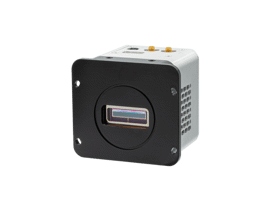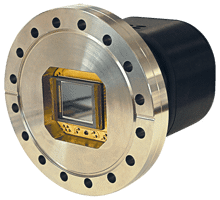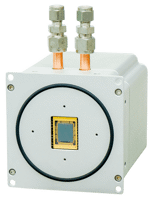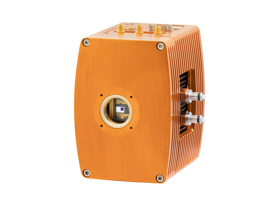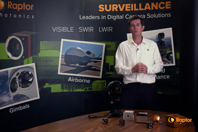CCD Cameras
CCD CAMERAS WHITE PAPERS AND CASE STUDIES



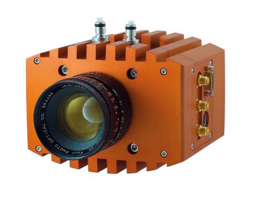

CCD CAMERAS NEWS
-
Since its founding, Nüvü Camēras has taken the lead with its unmatched photon counting imaging capability and reliability in supporting detectors for demanding low light applications. Thanks to developments carried out for the Canadian Space Agency (CSA), Nüvü Camēras' industry-leading Electron Multiplying Charge Coupled Device (EMCCD) technology is being integrated into NASA's Roman Space Telescope.
-
Raptor Photonics, a global leader in the design and manufacture of high-performance digital cameras, has launched its latest camera the Falcon III, using ground-breaking EMCCD – GEN III technology. The Falcon III incorporates a new EMCCD sensor developed by e2v which offers 1MP resolution with 10µm square pixels. A back-illuminated sensor offers a peak QE of >95% offering unsurpassed sensitivity with a total noise floor as low as 0.01 electrons readout noise.
-
QImaging recently introduced the Retiga ELECTRO CCD camera that is designed to excel within the demanding imaging requirements of an electrophysiology system. The QImaging Retiga ELECTRO is a cooled 1.4 Megapixel camera that offers features that help researchers conquer the challenges of electrophysiology. The camera includes Ocular™, the user friendly image capture software also from QImaging.
-
Hamamatsu Photonics has released the ImagEM X2, a new electron multiplying (EM) CCD camera with even faster speed than previous ImagEM cameras.
-
Responding to a customer request, Vision Components, expert for embedded machine vision systems, has refined its intelligent camera model VC nano cube.
-
At this year's VISION exhibition, Vision Components will present the VC nano cube dual, an intelligent stereo camera based on the proven VC nano cube line.
-
At Vision 2012 in Stuttgart, the JAI Group introduced a new line of leading edge industrial CMOS cameras, as well as the first model in a new series of high fidelity CCD cameras.
CCD CAMERAS VIDEOS
-
Raptor Photonics' Mark Donaghy takes us inside their corporate headquarters in Larne, Northern Ireland (UK), and discusses the company's products, markets, and manufacturing processes and capabilities.
-
Thomas Bauersachs with pco.tech explains what dynamic range is as it relates to a camera’s capabilities and specifications. Watch the video to better understand its importance and how it can affect your imaging application.
-
Marco Snikkers wrapped up our Photonics West 2016 coverage by introducing us to a pixel sensor that acts as an 8-channel spectrometer for biomedical, fluorescence marking, and colorimeter applications, as well as a multi-spectral camera that can monitor specific wavelengths in real-time.
-
Jada-Star Mains, application sales engineer with Ocean Optics, tells us about the Maya2000 Pro NIR.
-
Paul Dempster of Toshiba’s Imaging Systems Division demonstrates the sensitivity and color accuracy advantages of the company’s three-chip high-definition video technology by comparing the performance of Toshiba’s new IK-HD1 three-chip CCD camera with its IK-HR1 single-chip CMOS camera.


